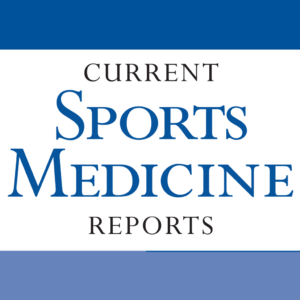The Ice Hockey Summit III provided updated scientific evidence on concussions in hockey to inform these five objectives: 1) describe sport-related concussion (SRC) epidemiology, 2) classify prevention strategies, 3) define objective, diagnostic tests, 4) identify treatment, and 5) integrate science and clinical care into prioritized action plans and policy. Our action plan evolved from 40 scientific presentations. The 155 attendees (physicians, athletic trainers, physical therapists, nurses, neuropsychologists, scientists, engineers, coaches, and officials) voted to prioritize these action items in the final Summit session. 1) Establish a national and international hockey data base for SRC at all levels, 2) eliminate body checking in Bantam youth hockey games, 3) expand a behavior modification program (Fair Play) to all youth hockey levels, 4) enforce game ejection penalties for fighting in Junior A and professional hockey leagues, 5) establish objective tests to diagnose concussion at point of care (POC), and 6) mandate baseline testing to improve concussion diagnosis for all age groups. Expedient implementation of the Summit III prioritized action items is necessary to reduce the risk, severity, and consequences of concussion in the sport of ice hockey.
Summary Points
- Diagnosing Concussion in Players at Rinkside: Baseline testing preseason provides comparisons for subsequent assessments, including a symptoms scale, cognitive, and balance tests (Sideline Assessment of Concussion Test [SCAT5]) and rapid number naming tests (King-Devick Test). Players are removed from the game or practice if findings are consistent with SRC: observed mechanism of injury, signs, symptoms, abnormal physical examination, cognitive, balance, or oculomotor test as compared with baseline.
- Diagnosing Concussions and Determining Severity in a Medical Setting: Portions of the neurological examination are core to SRC office evaluations. Assessing dynamic balance and vestibular function (e.g. timed tandem gait), oculomotor function (King-Devick Test, convergence insufficiency), and vestibulocular reflex (dynamic visual acuity, head impulse test) are essential elements in the office examination of a SRC.
- Food and Drug Administration approved devices assess balance now include a King-Devick balance test app.
- Importance of Objective Diagnoses of Concussion: Objective components of an SRC diagnosis (King-Devick Test, QEEG and promising fluid neurobiomarkers) are aligning in research with SRC signs and symptoms.
- Using the King-Devick Test in Concussion Diagnosis: Eye movement and vision-related tasks involve 55% of brain pathways integral to brain integrity and are vulnerable in SRC. Rink-side SRC evaluation includes oculomotor assessment that contributes valid, critical, and objective data with greater accuracy and speed than balance and cognitive tests alone. Many SRC are not witnessed and more than 50% of athletes do not report SRC symptoms. The King-Devick Test (KDT) is a fast, valid, reliable, rapid number naming test that objectively identifies post-SRC suboptimal brain function. A meta-analysis of KDT data showed 86% sensitivity and 90% specificity for SRC, with five times greater risk of SRC (relative risk = 4.92) if KDT time and accuracy worsens between baseline and SRC testing. KDT successfully distinguished between concussed versus control in youth and collegiate athletes (receiver operating characteristic: KDT 0.92; timed tandem gait 0.87; SAC 0.68). A 3-year study of rugby players demonstrated six times more unwitnessed/unreported concussions than witnessed SRC. All were identified with KDT (100% sensitivity, 94% specificity) including players with no clinical signs or symptoms. KDT is reliably administered by medical professionals as well as trained nonmedical individuals, such as coaches and parents.

